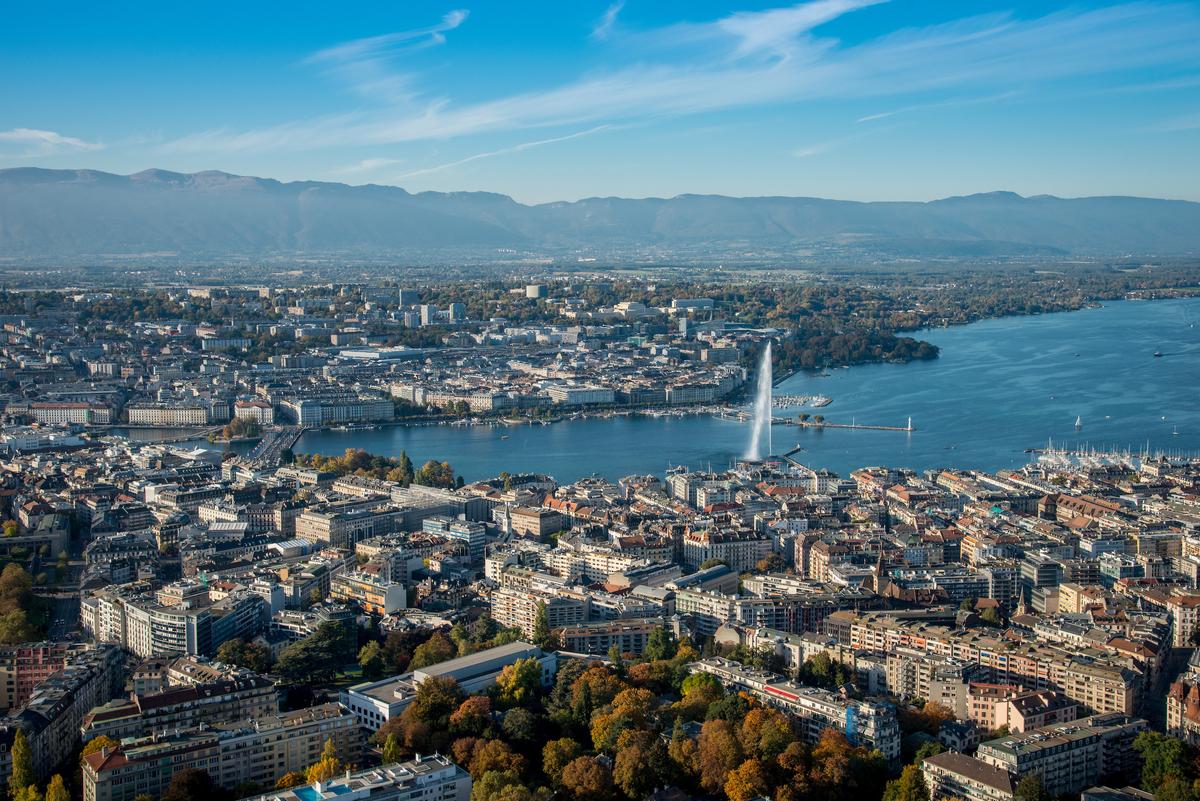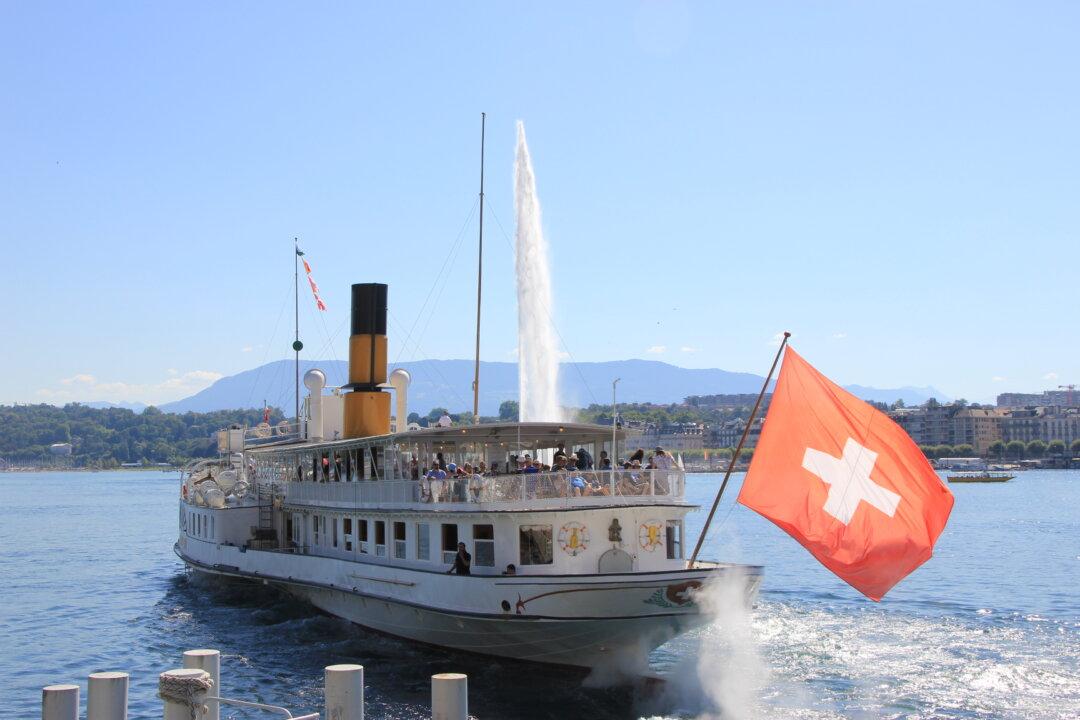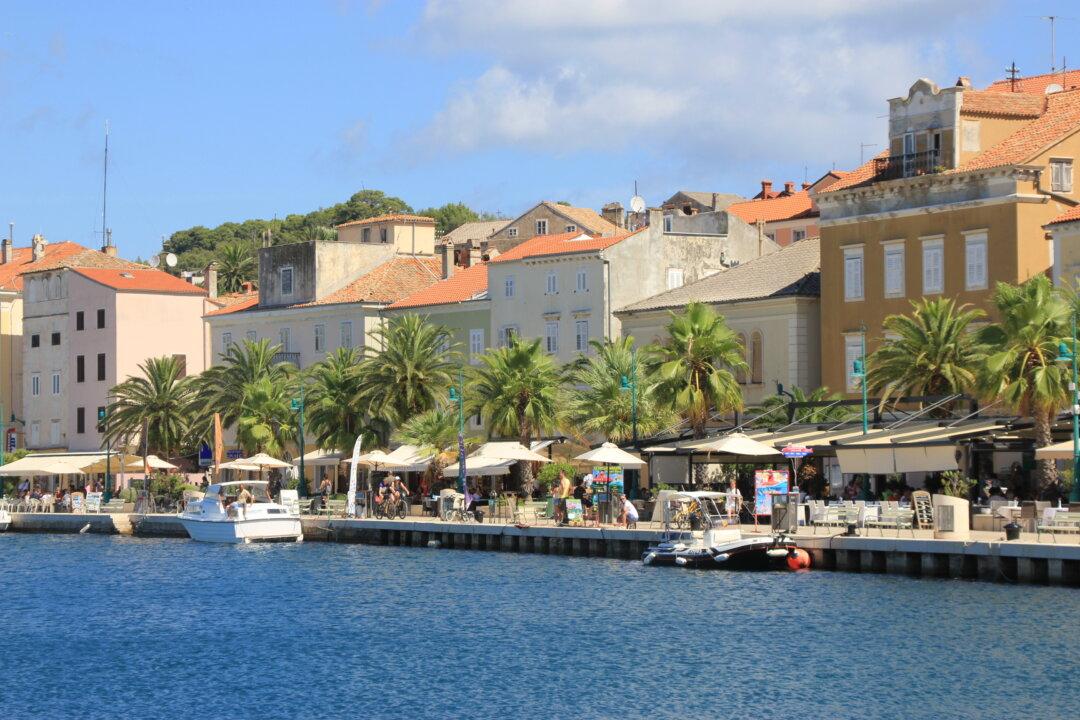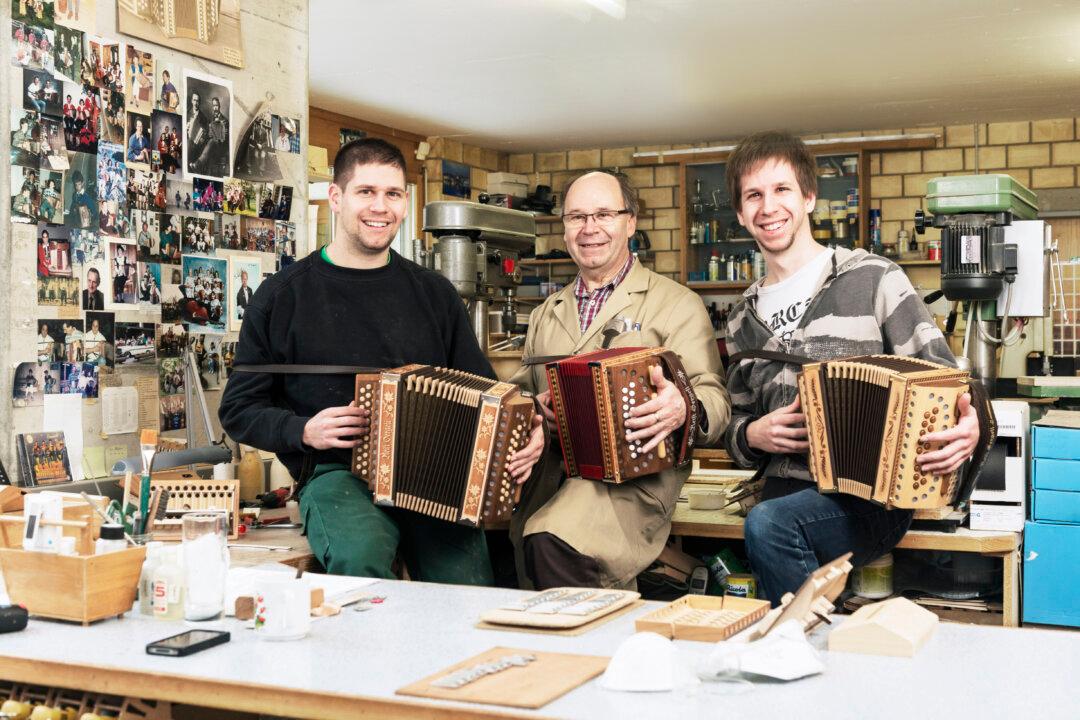Geneva is known as a predominantly business city, home to trusted banks and headquarters of international organizations. But its reputation as a source for excellent cultural and culinary experiences is catching up. The “world’s smallest metropolis,” as Geneva is sometimes called, is a beautiful place on the shore of a crystal clear lake with the Alps soaring in the background. Museums fascinate both adults and children, parks delight with lush greenery, buildings charm with their architectural diversity, and chocolate shops conquer all those with a sweet tooth. The Swiss city of Geneva will surprise even the most demanding travelers.

An aerial view of Geneva. GenèveTourisme





